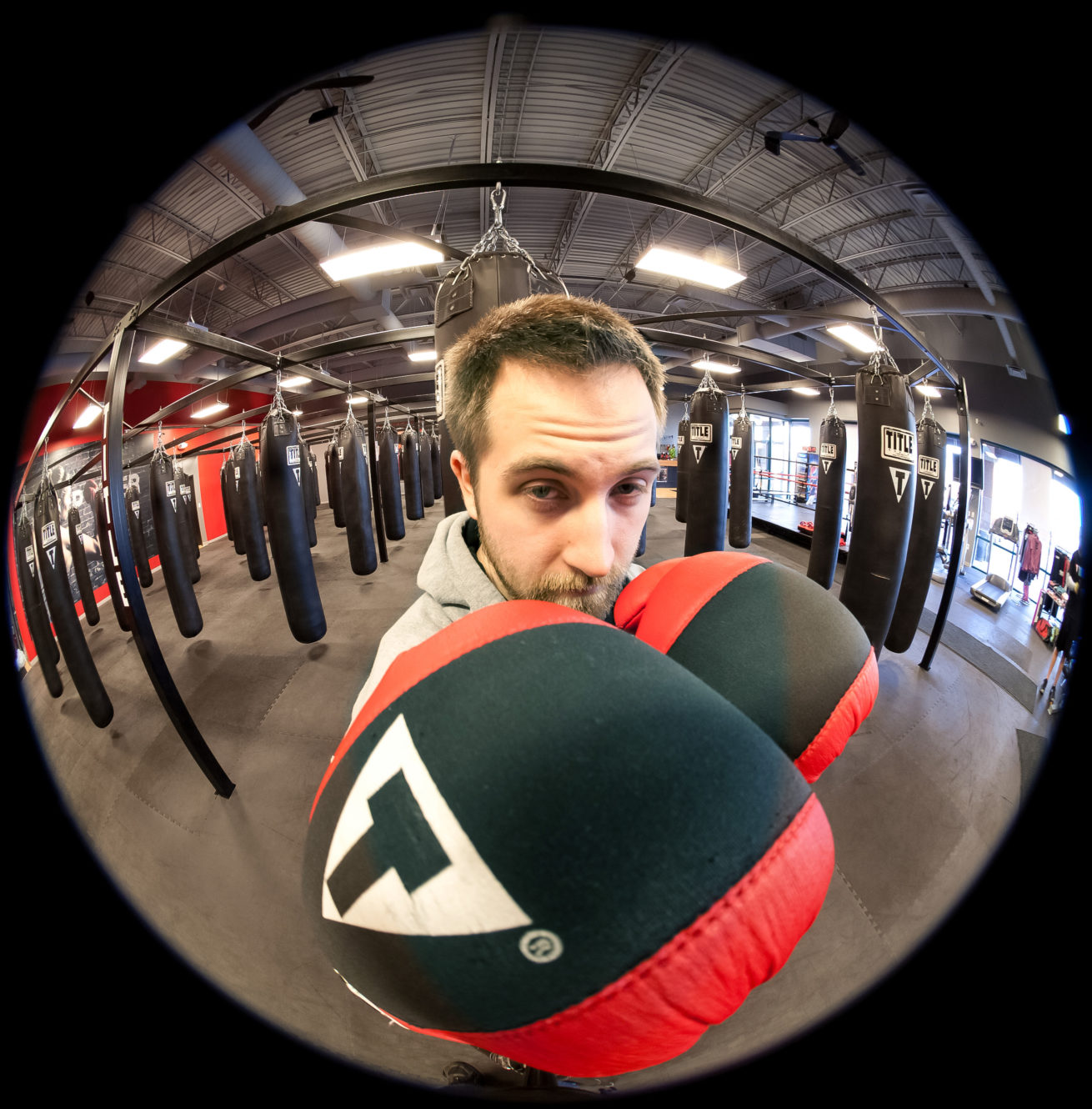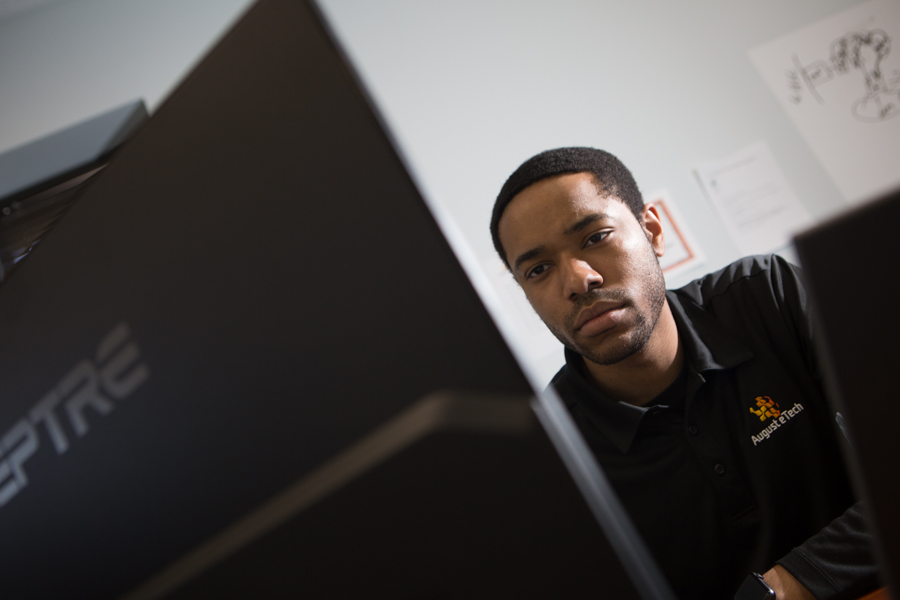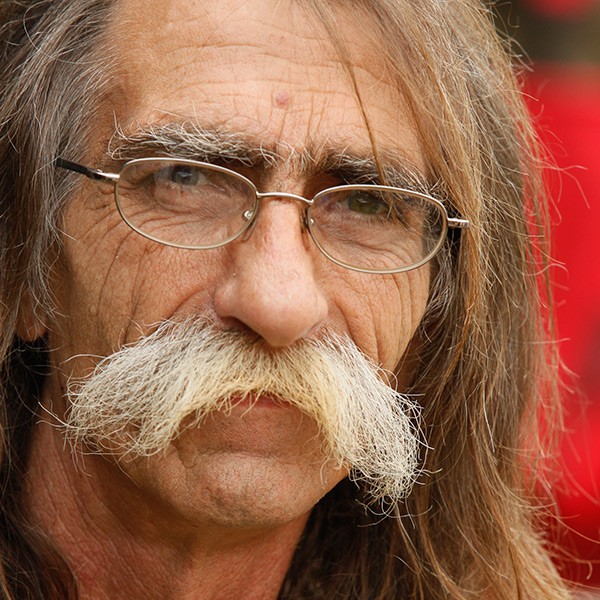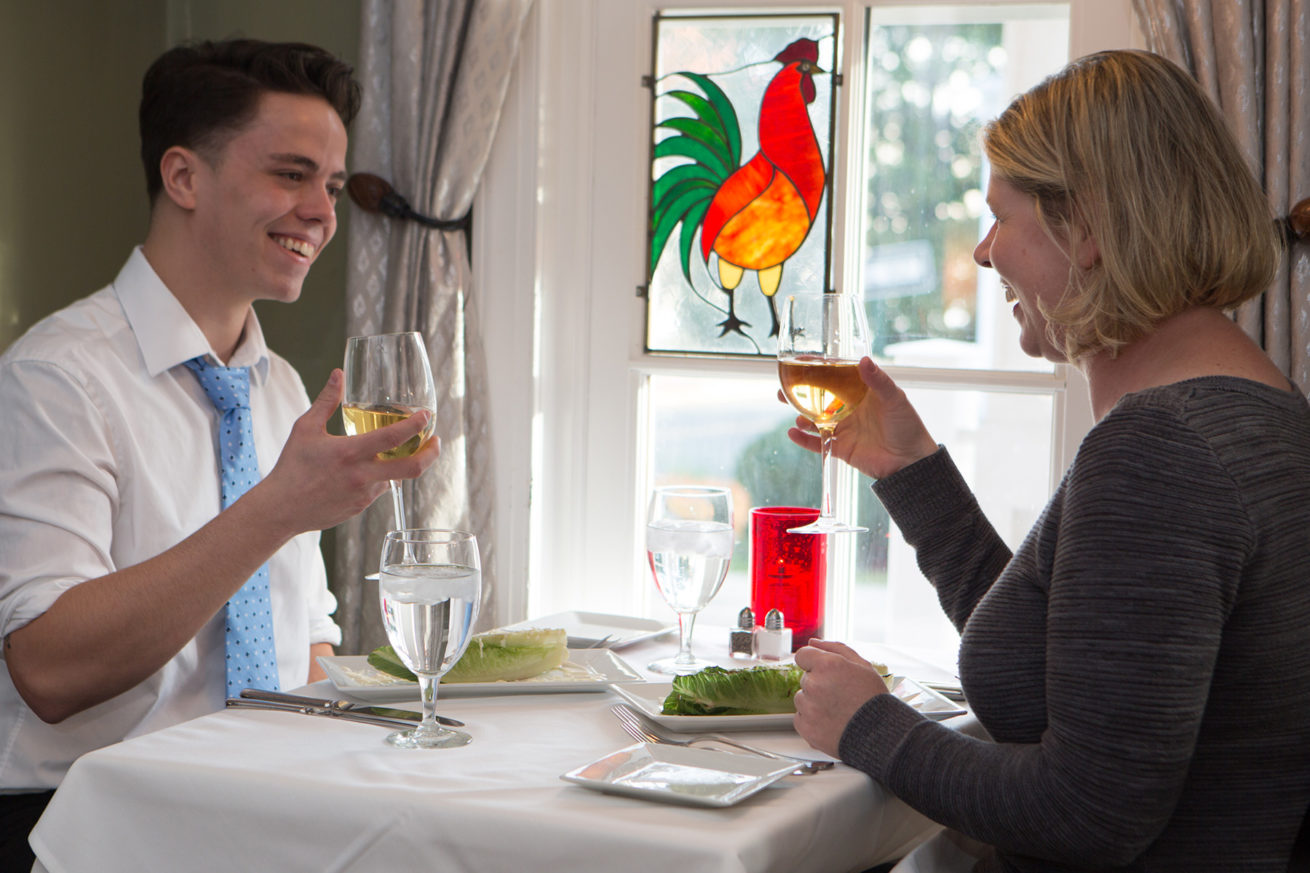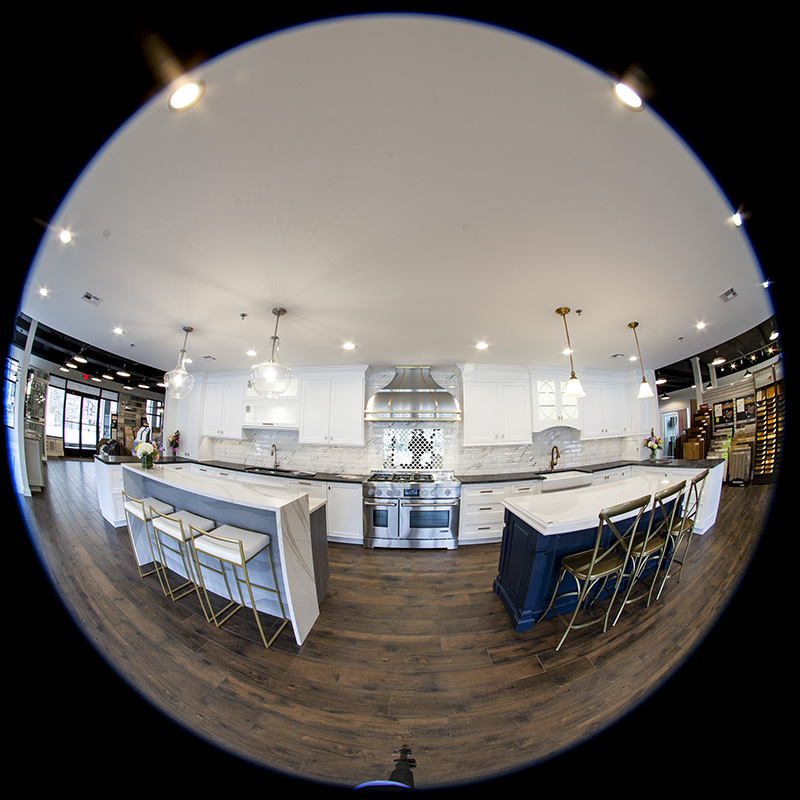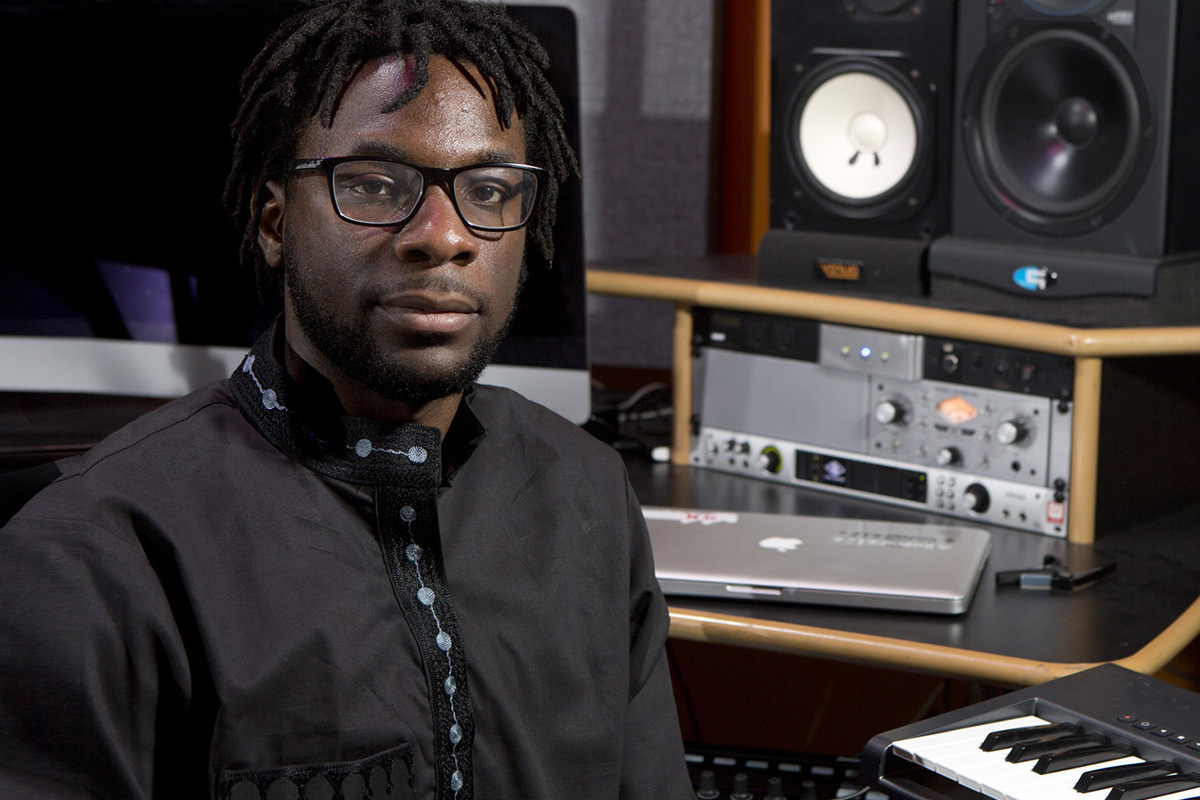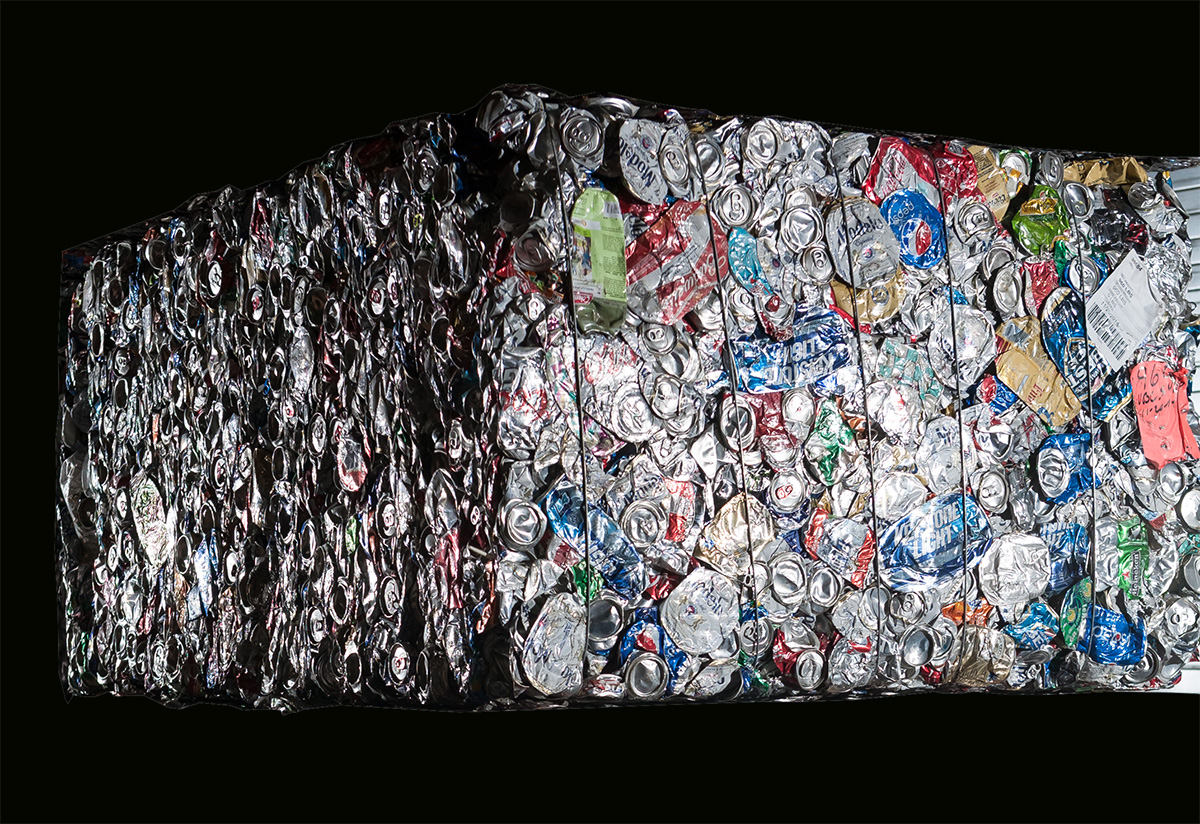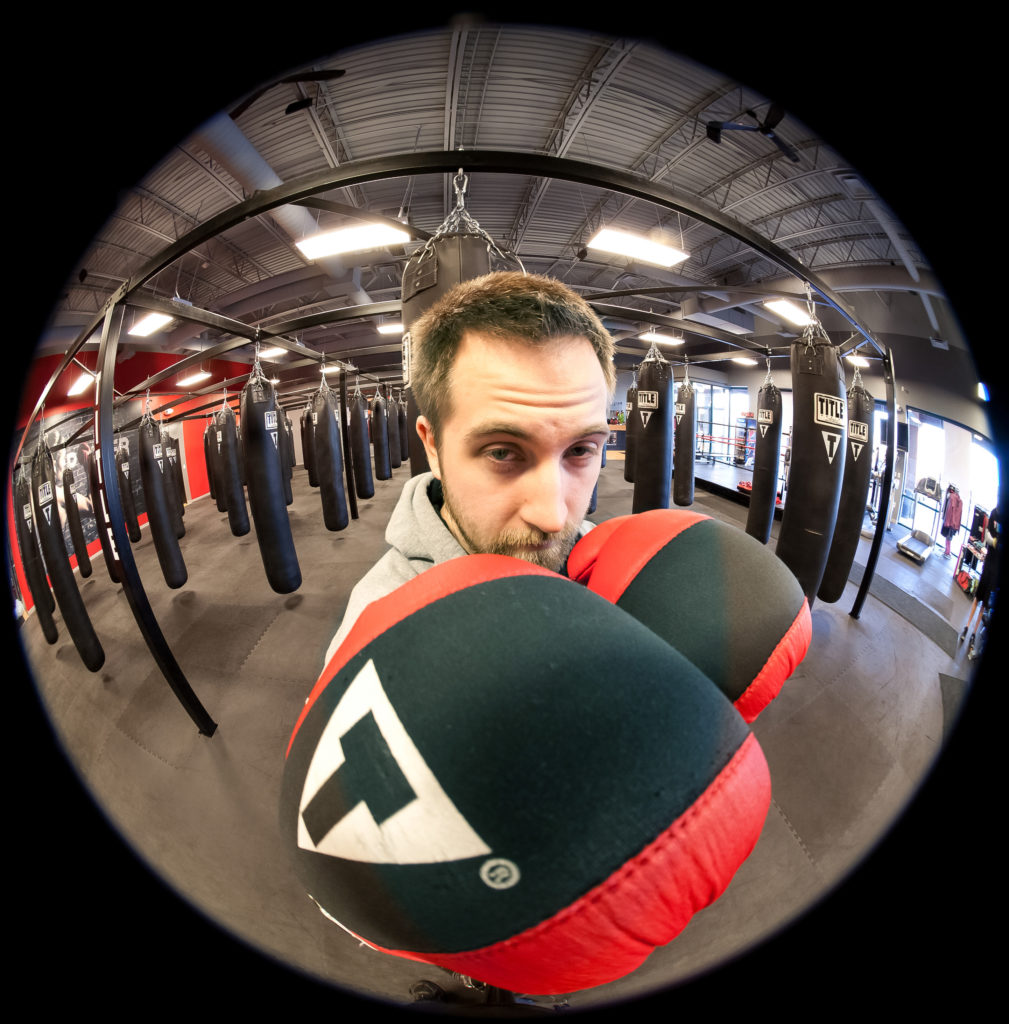
Do your photos have punch?
“Marketing is the difficult work of telling a story that resonates, of bringing a consistent set of promises to people who want to hear them.” Seth Godin.
Business photography is marketing. It is telling a story with images. People look at photos before they read copy, so what we select to show makes a difference. Good photos attract attention. Boring photos are ignored. We want people to be surprised and delighted and draw them in.
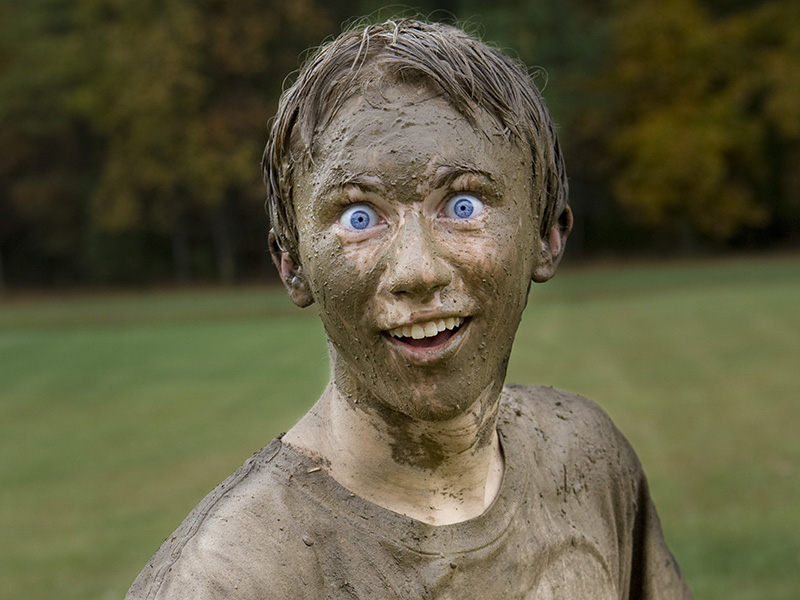
When it comes to photos people often are most concerned with what they want to show. This makes sense. Good photos tell a story and we are doing the telling.
But what about the viewer? They are really the ones who matter. Not you.
Ask yourself these questions:
What do they want to see? Will they know what it is you are showing them? Will they get the point? How will it make them feel? Will they like it?
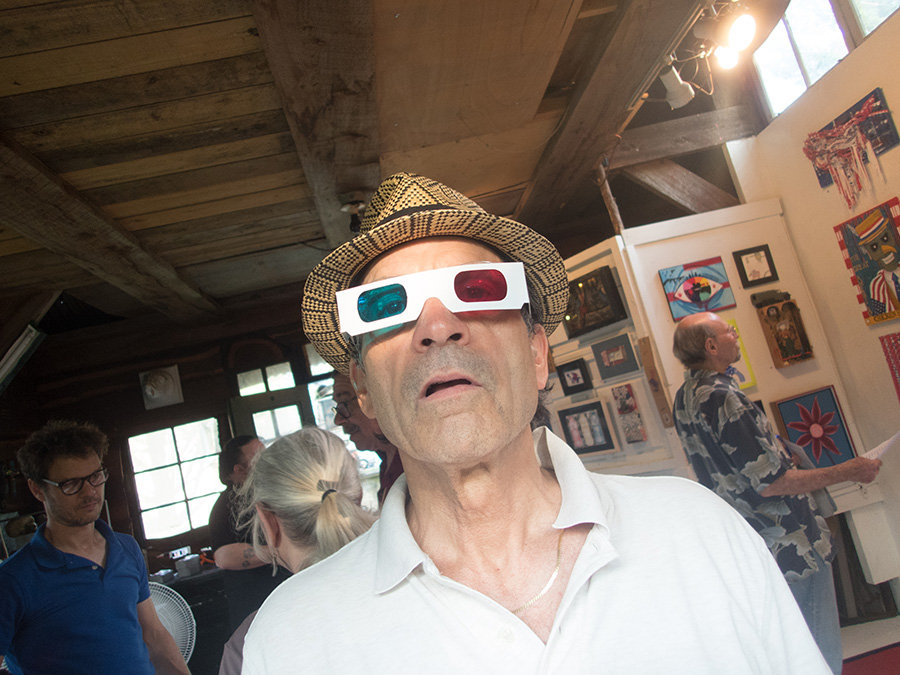
We should be able to answer these questions about the photo we chose to display. We often have a choice of many photos and it’s important to select the right ones.
What is the subject? Is the photo simple or cluttered? Does the subject stand out? Is it mundane or special? Will someone spend their attention on it?
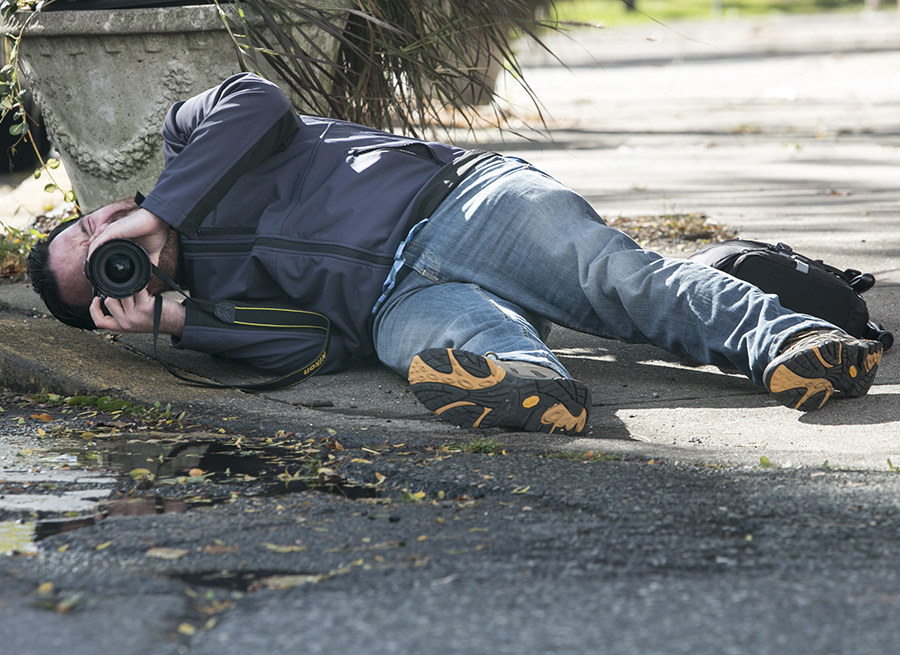
Can I do it myself? Chances are you can. Cameras and cell phones have advanced quite a bit enabling almost anyone to take a technically good photo. But that’s not what makes a photo sell. It’s really all about content and composition.
You know doubt know what you want to show. It’s the how you show it that add a whole other dimension.
There are many rules for composition; fill your frame, be careful of backgrounds, make your subject dominant, etc.…
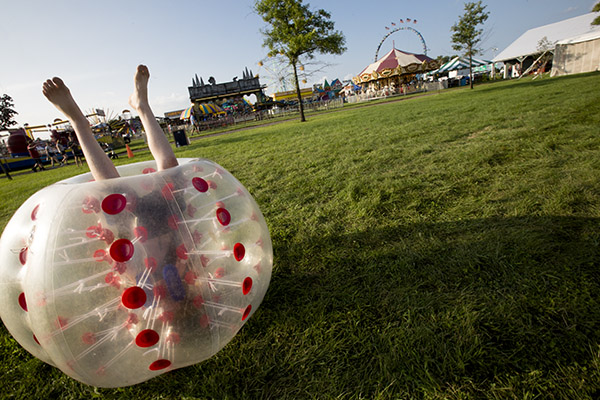
MICRO-MEMOIR
This is my long form “About page.” A micro-memoir.
I was born here on earth and have lived here pretty much my whole life (except that one time in college). I’m a boomer, old enough to remember some stuff during the sixties and young enough to have missed the draft. It’s good to be here, now. Life is interesting and full of growth.
I’ve always loved taking pictures. It’s both an art and a profession for me. When we were little and turned 10, my folks bought each of us kids a Kodak Instamatic. I was excited to get mine after my brother and sister got theirs.
I specialized in photographing pretty much anything that was visible, from nature to people. My first formal portraits were of my 5th grade classmates. I also did a lot of pet photography. It was only one pet, though, my dog.
By high school I managed to get my hands on a 35 mm camera and built a darkroom in the basement. I soon learned that if you were on the newspaper or yearbook, you could get free film and paper which was great. I also got lots of assignments; clubs, sports, student life and portraits
The best part about assignments is that you are photographing with a purpose. You use your skills to get the best quality and your creative juices to get shots are cool and tell the story, that serve the purpose. The majority of my work has always been for others to see and to use. I’m reluctant to call myself an artist. I’m a photographer,and when I do my best work, it rises to the level of art.
I followed the scientific side of my nature when deciding what to study in college and earned a B.S. in environmental technology at Florida Institute of Technology. We did a ton of field work which was great. I love science. It’s all about careful, objective observation (just like photography).
While in college I hopped on the yearbook staff, became the editor-in-chief and pretty much earned a second degree in photography.
Producing a book every year was always quite a project. I know I spent a lot of time shooting, cranking out prints in the darkroom and laying out pages. I was the project manager and totally accountable. If I did not do my job it wasn’t just a bad grade.
It was awesome. I loved it. Doing photography, managing project and producing books was rewarding and satisfying.
Fast forward to life after collage and a full life. I initially spent a few years working for newspapers and then became an environment consultant while running a wedding photo business on the weekends. I had two thriving careers.
Being an environment consultant taught me a lot of discipline and project management skills. It also kept me at the leading edge of technology, which helped me keep my photography business up to speed as use of computers grew, the Internet emerged and we migrated to digital cameras.
Having a consulting career as an anchor was perfect for growing a family. My wife and I built a home in the county and raised two girls who’ve both become scientists in their own right. The world certainly needs good scientists.
Being part of a company and having health and disability benefits came in quite handy when I was diagnosed with throat cancer in 2002. Treatment was brutal, but successful and I can now say I’m a veteran of the war on cancer. Scarred but still kickin’. It slowed my down for a spell but I never stopped shooting.
After 20 years of the duel careers, the consulting side slipped away in 2008 during the great recession when I was happily laid off. By that time I had opened a studio in Frenchtown and was shifting from weddings to business photography. Launching a full time business at the beginning of a recession took dedication and commitment. You either make it of you don’t.
Upon becoming a full time photography business I joined several chambers of commerce, a BNI networking group and Frenchtown’s Business and Professional Association. I quickly learned the value of being part of the business community. It is very rewarding. We are all in this together.
For my part I started a photography group, conveniently called The Photographers Group (photographers.group). We meet monthly and do projects together to document our world. Our most recent project was called Hunterdon Retail. 50 photographers participated in photographing locally-owned retail stores in Hunterdon, exhibiting their images at the Red Mill Historic Village and creating a historic archive of all the images (over 400). It was a collective effort to benefit the photographers, the local businesses, the Red Mill and to grow awareness of our group.
My role as a business photographer is also mutually beneficial, to support myself and to communicate about my clients. To tell the world their stories with high quality photos and video. To create images that generate a positive emotional response on the part of the viewer
One of my favorite films is a documentary called Jiro Dreams of Sushi . Jiro is a 93 sushi master who embodies the spirit of shokunin, the mastery of one’s profession. Jiro’s highest purpose is to get better at making and serving sushi and he is already one of the best sushi chefs in the world. I watch the film often.
I expect to be doing what I do indefinitely, as long as I have a camera and client. Just like Jiro I want to get better at what I do and share it. I even keep a camera in my pocket at all times and constantly look for photos to shoot an process. Practice, practice, practice. The better I get, the better my photos will be and the more my clients and I will benefit.
Woodstock Trading Company, a small hippy store, has been in business in Cherry Hill since 1981. During that time, its little domain on Rt 70 has become crammed with highway businesses and suburban shopping centers. WTC stands out as a unique little island.
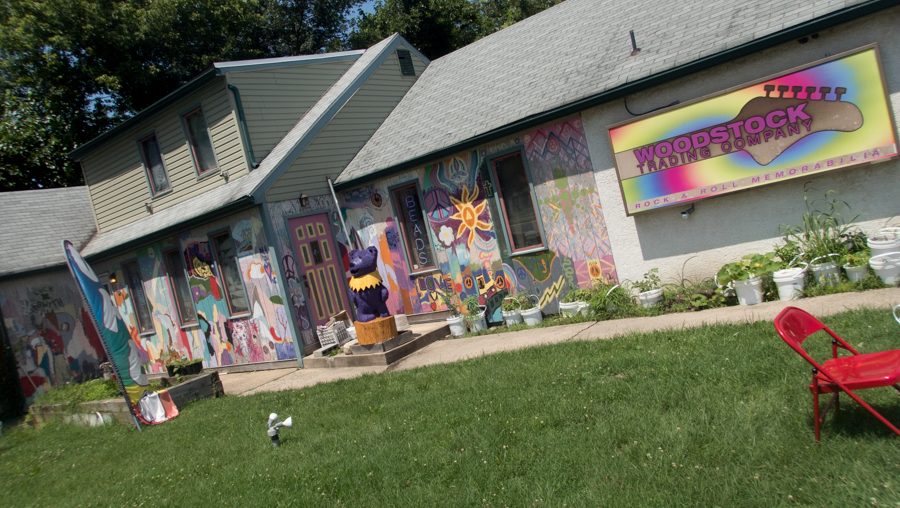
Seventy-nine year old Gladys “Mom” Glass, successfully runs the store with her cat, six days a week. Her merchandise includes hundreds of T-shirts, incense, jewelry, beads and all kinds of rock and roll memorabilia, but no paraphernalia. It is not a head shop.
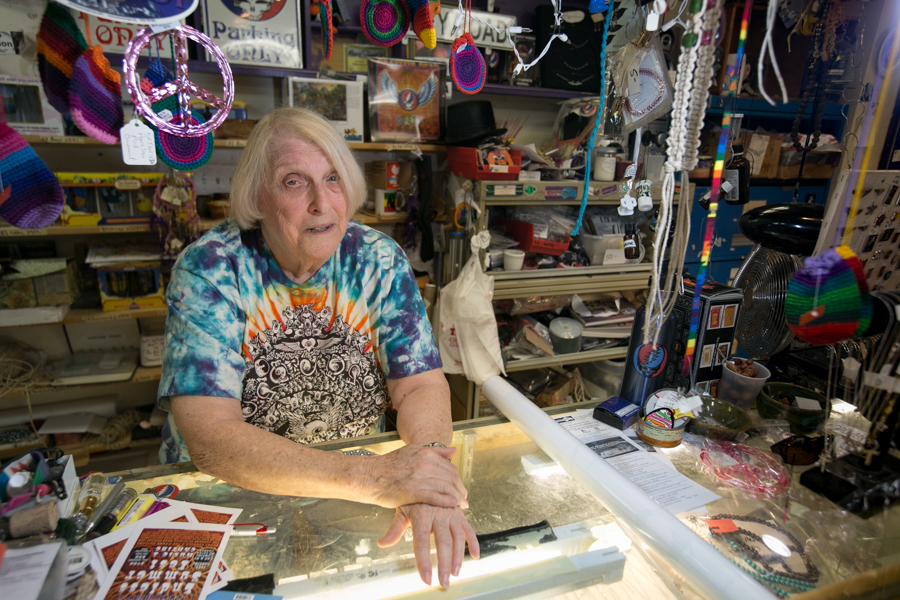
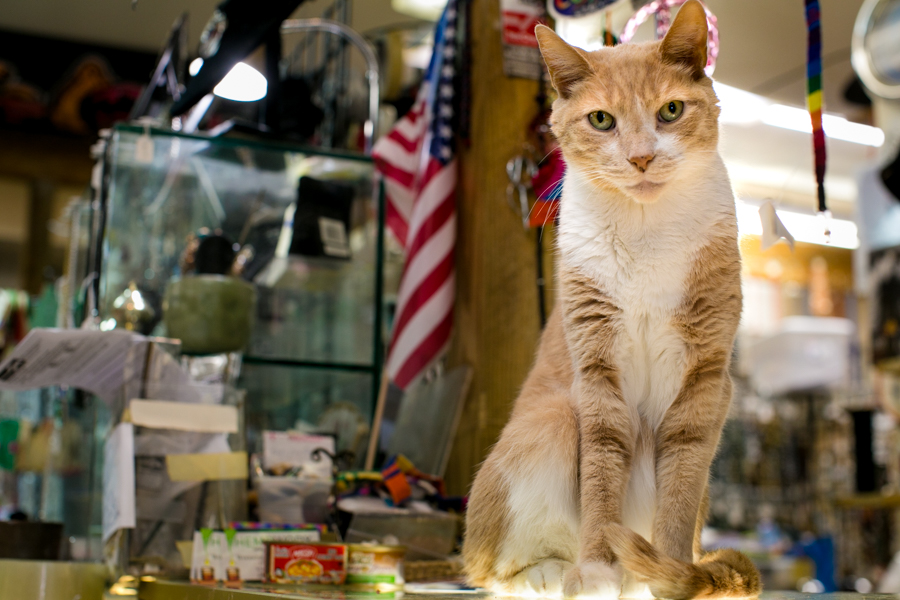
I was visiting because I was curious. I had passed the store while on a assignment and stopped to get some exterior photos. It was closed at the time.
I got another assignment in the same area and knew I wanted to the see inside and meet the proprietor. I expected a bearded guy with a long gray ponytail and a bandana but instead was warmly greeted by Mom who let me take photos and gave me insight into her success.
The fluorescent lighting was bright, but awful , like most fluorescent lighting, so I needed to add my own light, a handheld speedlight with a radio slave. I wanted to add just enough light to highlight Mom. The images were processed in Lightroom and Camera RAW.
The speedlight did the job but cast shadows in a few shots. Adding a little vignetting helps keep the viewers eyes on Mom while also darting into the other areas of the photo. That’s what my eyes do.
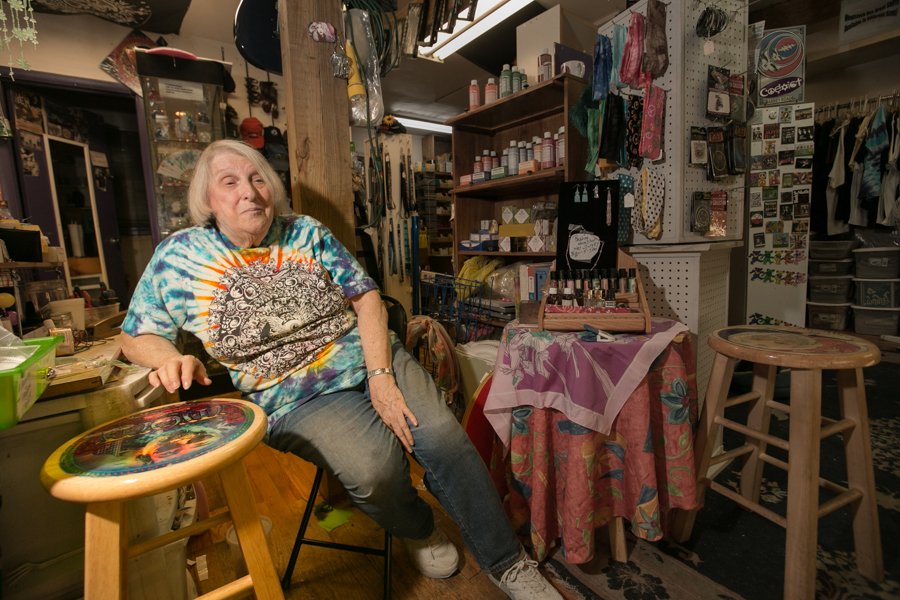
It was fun photographing and learning Mom’s success as a retailer for 38 years. It is her attitude. She loves this store, her people and being there. Far from running a sleepy, old store Mom keeps things active with classes, bands and other events.…
B-roll is the term used for video and film footage that isn’t part of an interview or scripted scene but instead scenes that offer support and help tell the story.
I’ve never heard it used for stills but it makes sense. During a recent portrait shoot at August eTech, an IT consulting firm, the president wanted more than just headshots and let me wander the office getting images that capture the feel of her staff handling the challenging work of IT support.
She wanted some B-roll. Office lighting isn’t always interesting so strategically placed speedlights do the trick. They are small, portable and when used well, hit the spot. No one even knew I was there.
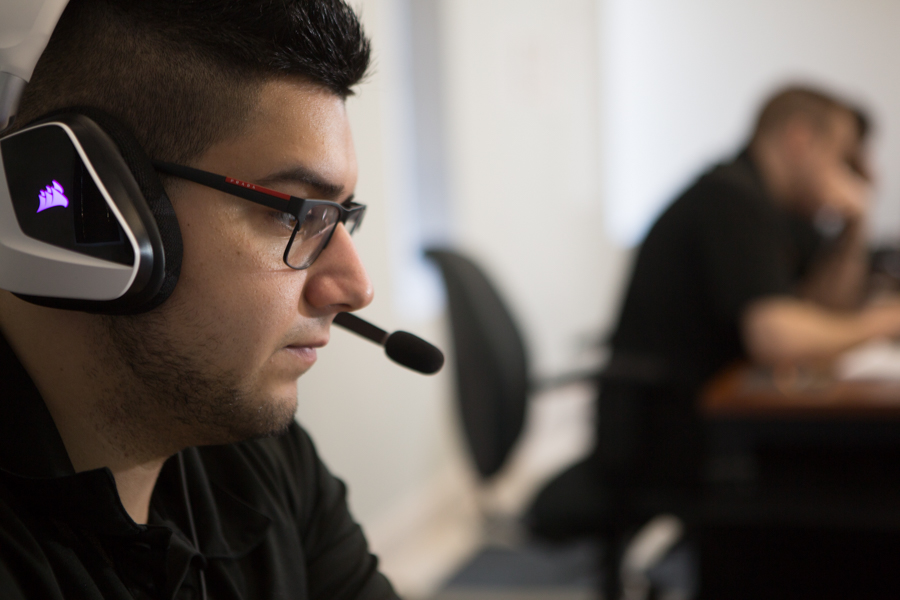

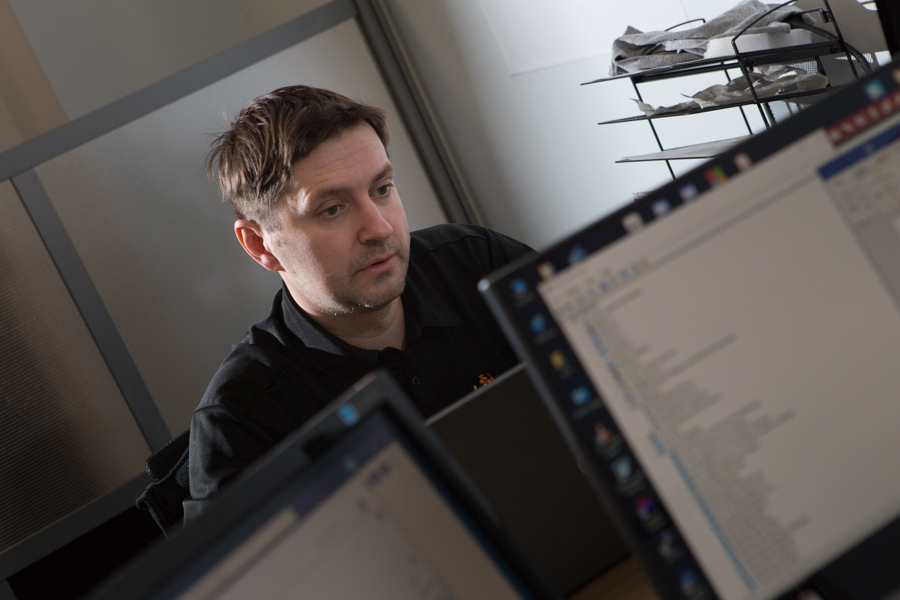

Being seen means being noticed, even if it is just for a moment. We want to be seen. When we are driving, we want other drivers to see us. When we are at a table waiting to order a meal we want a server to see us.
There are countless examples and many apply to our businesses. If no one sees us how will they know we are here?
What they see matters. In some cases we may not care how we appear because we know we are doing good work. But others care and others are the source of our business, not us.…
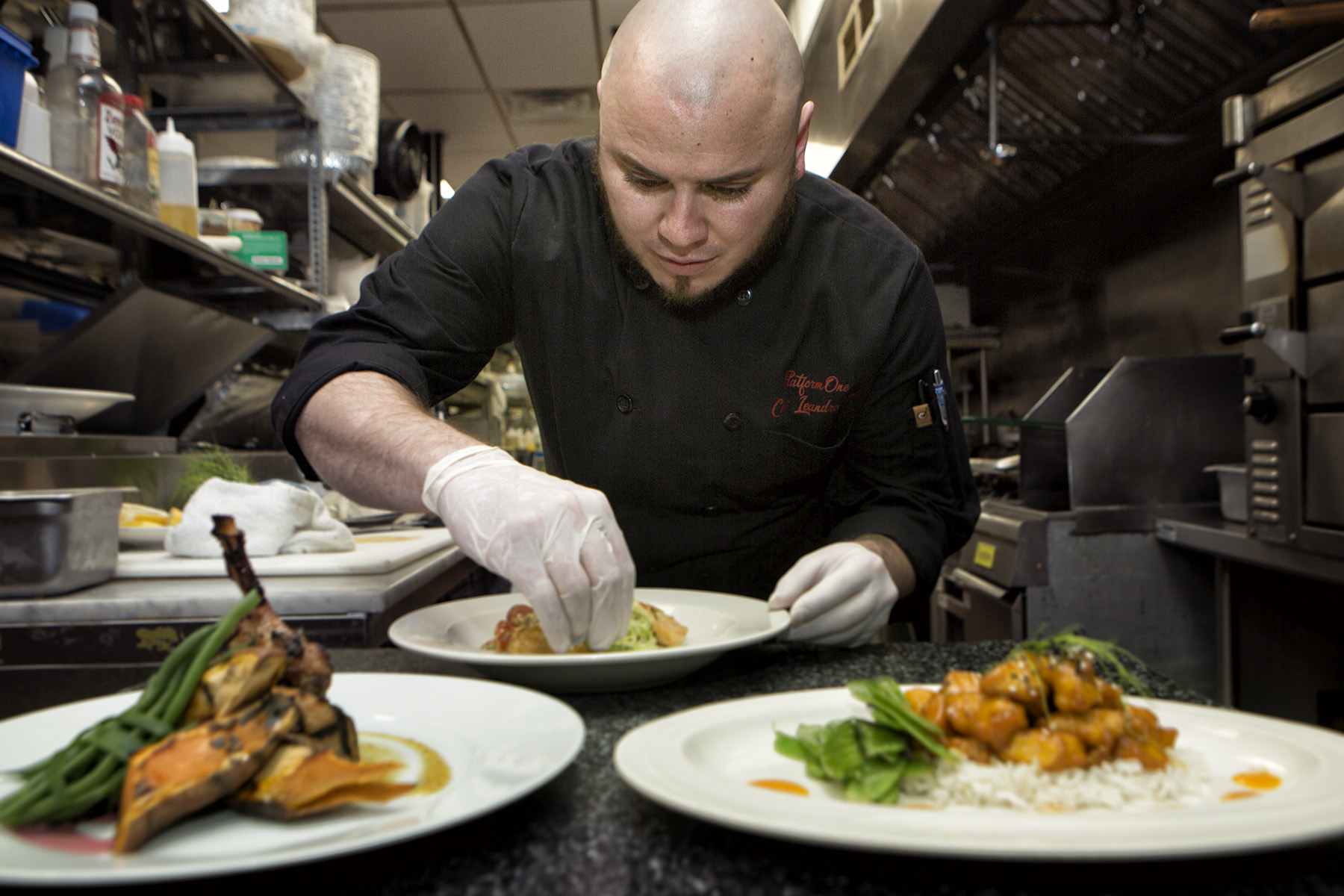
When I search restaurants online I’m presented with an abundance of food photos, some good, some not so great. Food photography is an art.
Less frequently I get to see good ambiance photos and rarely do we get to see the people who pull it all together in the kitchen, the chefs.
For restaurant week 2018, Flemington Community Partnership brought me on to photograph some of it’s local chefs. Matt at Matt’s Red Rooster, Jonas at 55 Main and Leandro at Platform One. Time to give some exposure to the folks behind the scenes.
It was a whirlwind afternoon getting shots at all the locations. The chefs were all totally cooperative but no doubt cared far more about their food and customers than photos of themselves.
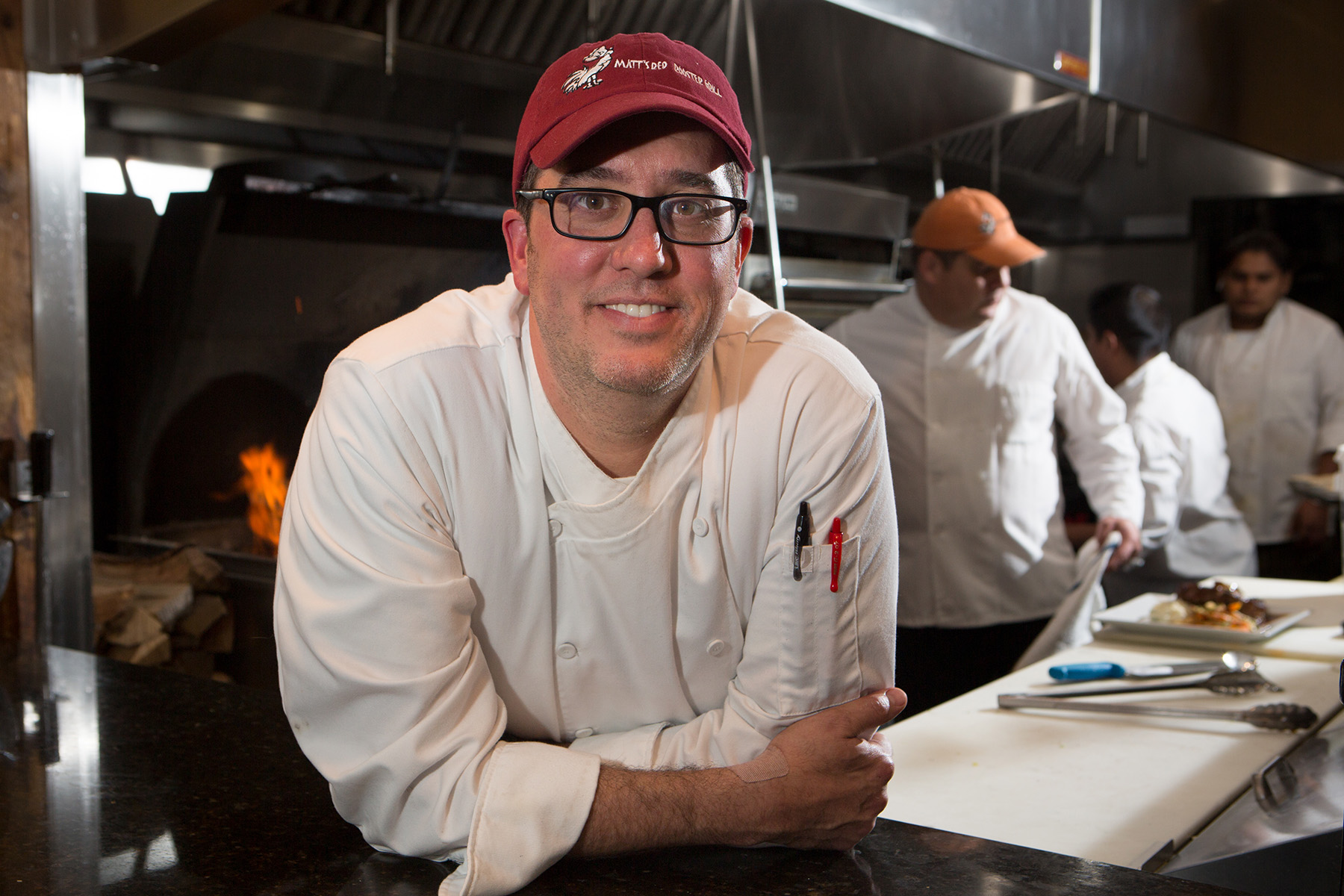
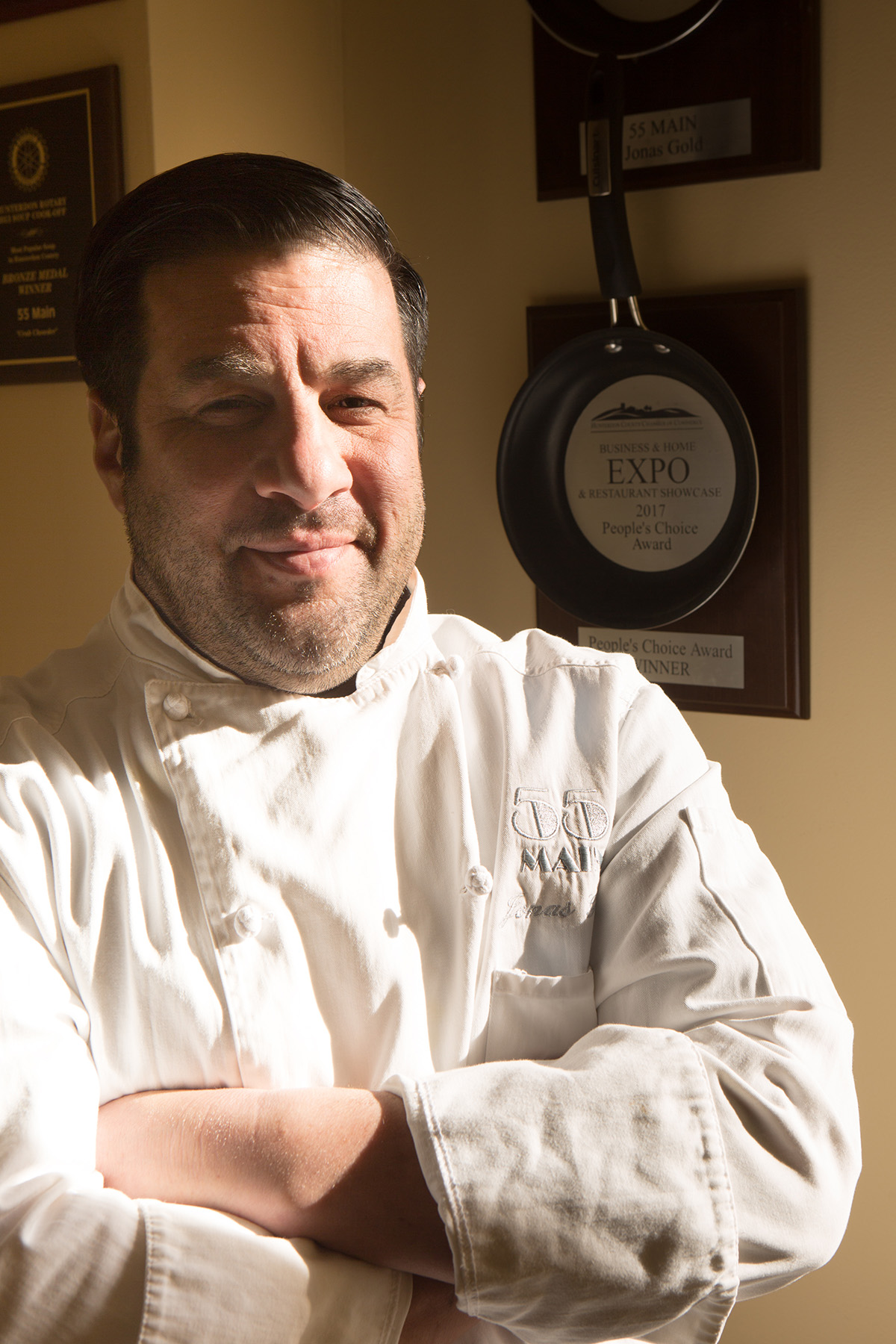 …
…
What is a photosphere?
A photosphere is a spherical photo. It is like a globe that you view from the inside.
Sometimes it is referred to as a 3D image, but it isn’t exactly three dimensional. It is more accurate to describe it as a 360 degree photo. It is 360 degrees both horizontally and vertically. It emulates a real person looking around.
Photospheres are created by digitally stitching together over lapping views taken in all directions. There are cameras with multiple lenses that can do this. Google uses such a camera to create its Street View photos.
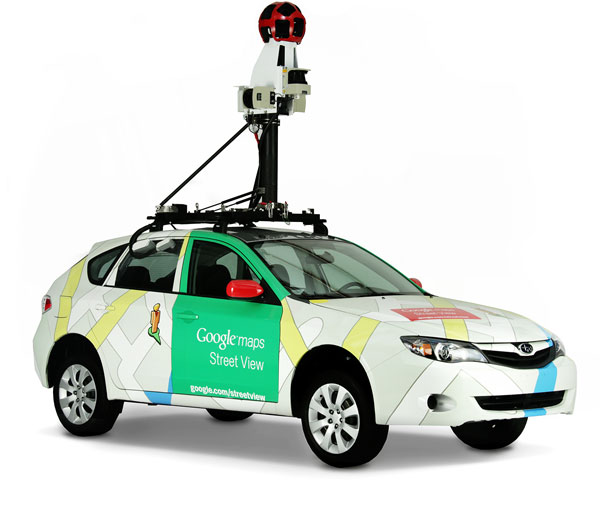
The camera is attached to a GPS receiver so it can record the coordinates of the photospheres as they are created and map them out for us. I use Street View all the time to research places I need to find.
I use a DSLR setup to create photospheres for my clients. I use a full frame body with an 8mm fisheye lenses and a special bracket to create the photos. By taking four overlapping 180 degree photos in four directions I can stitch these together to create a very wide angle photo.
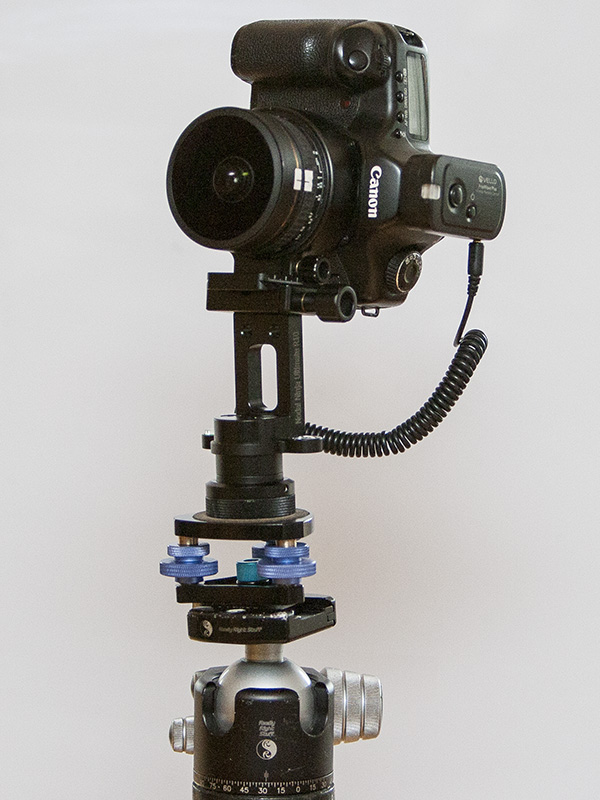
When the four 180 degree photos are stitched together, a flat 2 dimensional image file is created that looks like this. You can see the tripod legs at the bottom of the photos.
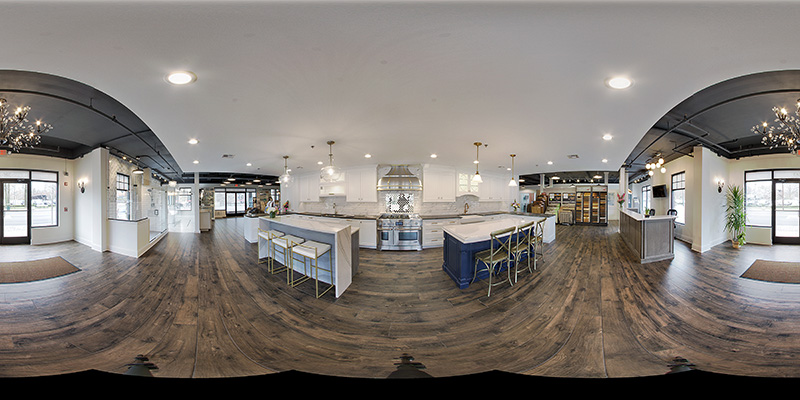
The magic happens when the photo is uploaded to a site that supports photospheres such as Google Map or Facebook. Photospheres are very cool as a Facebook post. Here is what this 36o photo looks like on FB. As can be noted, you can rotate the photo to see the whole thing.
When multiple photospheres are uploaded and linked together a virtual tour is formed allowing a user to hop from location to location and inspect an entire business. …
What does a sound engineer look like? This is Chuma Nwokike whose business it is to hear. This portrait was taken as part of a shoot for his business Ktizo Studios (great website https://lnkd.in/eYrQm3C) It is the engineer that can make or break a recording and he or she is a integral part of the process. Just like your photos are an integral part of your marketing. …
No, it’s not the Borg ship from Star Trek warning us that resistance is futile. It’s a cube of compacted cans, but the message resonates.
Not that resisting oppression or other serious wrong is futile but internal resistance, that inner doubt that slows us down when we should be accelerating.…

